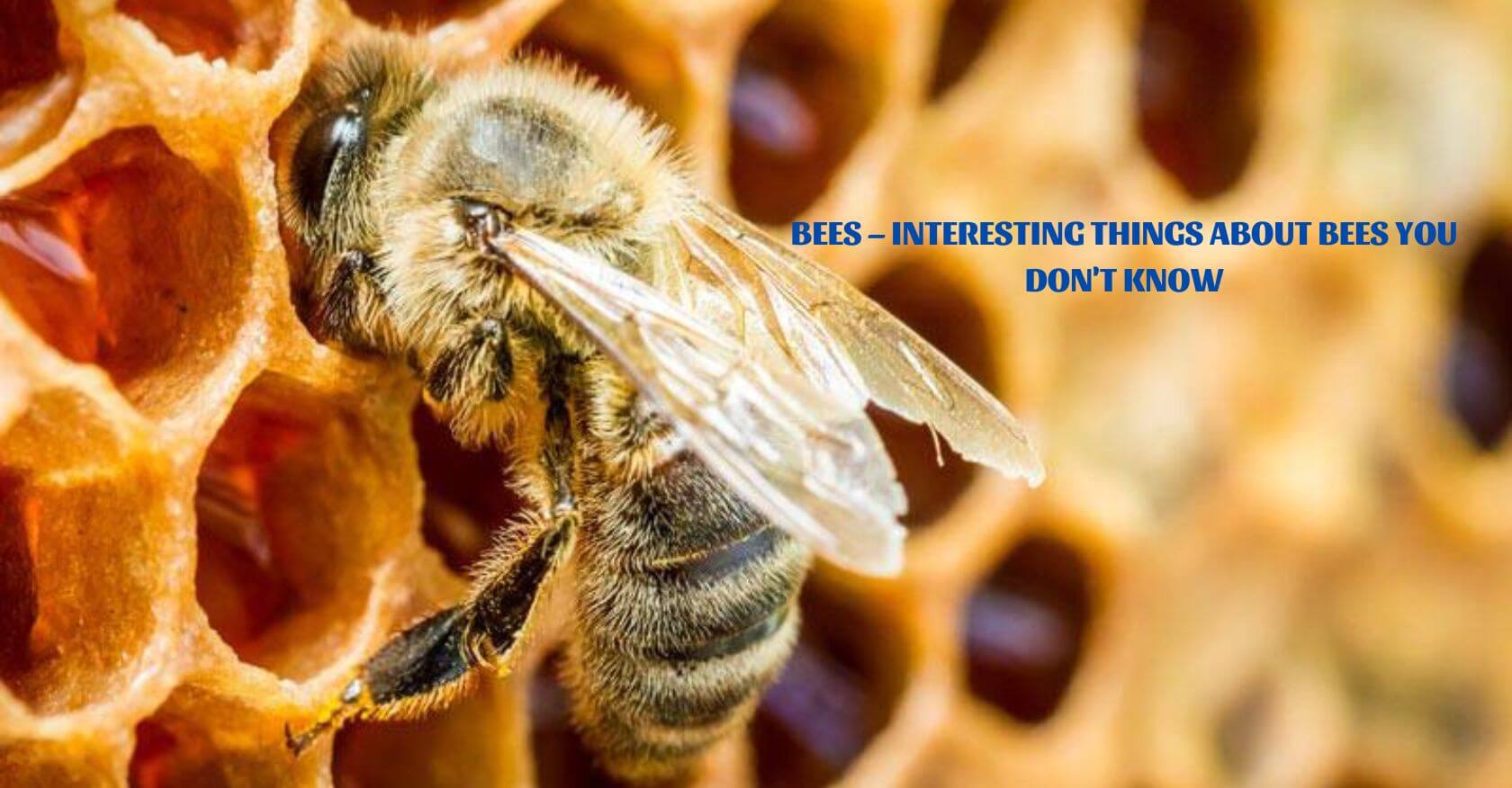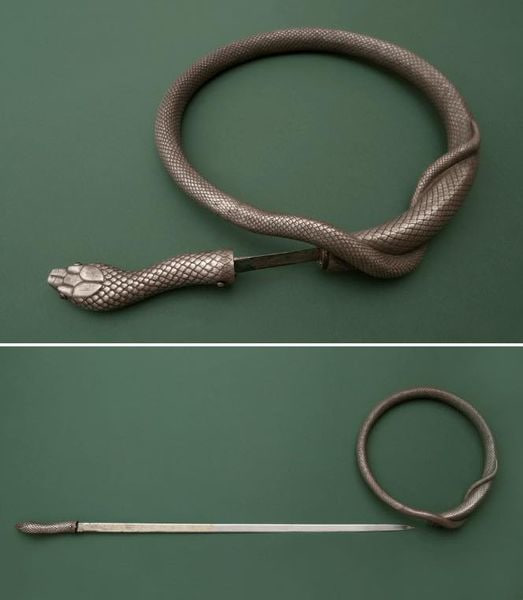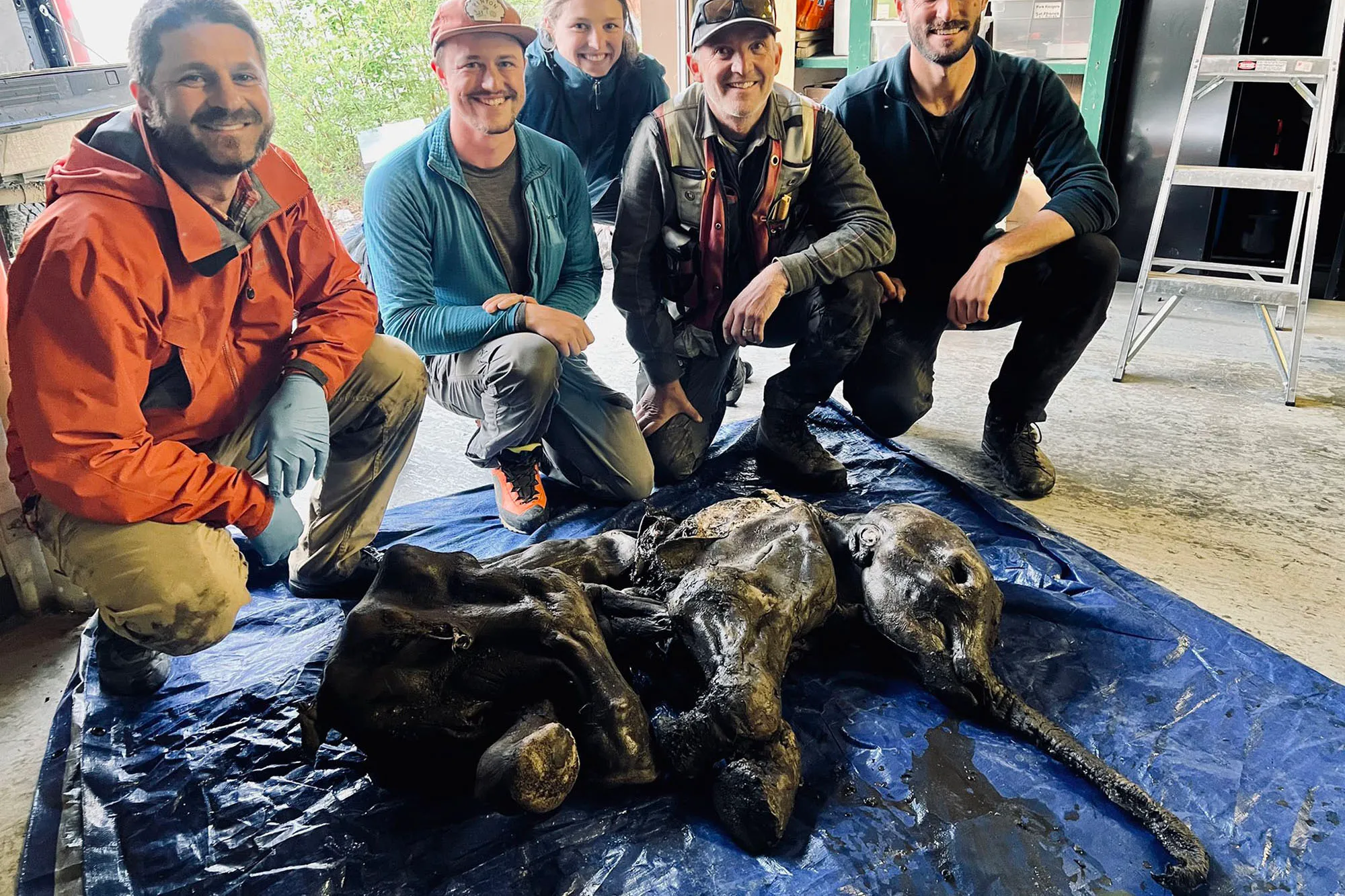Interesting things about the bee - a highly organized social insect, famous for its industrious, hardworking "virtue" will surely surprise you. Habits, shelter, especially the quality products that bees provide – honey and facts not everyone knows will be mentioned in the article below. Hopefully the information we provide will give you the clearest knowledge about bees.
General information about bees
Bees are highly social insects alongside ants and termites. Bees have the habit of living in groups, each colony has a queen, worker bees, young bees… and has a clear division of work. Bees have many very diverse species, some species are raised by humans to exploit products such as honey, beeswax, royal jelly, etc.
The queen bee has a lifespan of about 5 years and is responsible for filling the hive with eggs. Take on the busiest work during the summer months – this is when the hive needs maximum strength, the number of eggs laid by the queen per day can be up to 2500. The queen bee can control the sex of the bee eggs. If the queen bee uses the stored larvae for fertilization, the hatched larva will be female. If the egg is not fertilized, the hatched larva is male. In other words, female bees inherit genes from mother and father, while male bees only inherit genes from mother.

1. The life cycle of bees
The life cycle of bees is quite similar to other insects, all going through 4 stages including egg, larva, pupa, and adult.
1.1. Infancy
- Queen bees store sperm, they mate only 1-2 times in their life, then store and perform reproductive tasks throughout their life cycle.
- The queen bee will perform the task of laying eggs to build her kingdom.
1.2. Larval stage - After 3 days, the eggs will be hatched into larvae, the larvae of bees are shaped like a milky white maggot, without legs, without eyes, without antennae, and without wings, without stingers.
- Larvae have a simple mouth, enough to capture the amount of food placed in the mouth by worker bees.
- In the larval stage, they will undergo 5 molts to develop. The larvae in the pre-pupal stage are very similar in appearance to the adult bees, except that they put on a shell.
1.3. pupa stage - In just 3-5 days in the larval stage, they will evolve into pupae.
- During this time, the worker bees will take care of the pupae by providing royal milk for the young.
1.4. Adult stage - After only about 1-2 days, the nymphs will molt and become an adult bee.
- They began to divide into different positions in their kingdom such as worker bees, male bees, etc. to continue working and building.
2. Longevity of bees
The life span of bees depends a lot on the habitat of the bees. Besides, depending on each individual function, bees will have different lifespans:
- Queen bee: The longest living species in the bee colony, their lifespan is about 1-3 years.
- Male bees: The species with the shortest lifespan, usually they will die after mating. The shortest lifespan of male bees is about 14 days and the longest about 43 days.
- Worker bees: Because they have to work, their lifespan in ideal environmental conditions is about 6 months.

What are some interesting facts about bees that you already know?
Bees often gather in colonies to develop, a colony of between 25,000 and 50,000 bees, they live in nests in trees, rocks, bushes, or even in improved man-made hives. A swarm of bees is divided into many different positions to work together to build and develop the hive.
1. Bees "enjoy"
A hive basically consists of three types: queen, worker, and male bees. In particular, male honey bees are also known as "rejoice bees", their task is simply to mate with the queen bee. This job sounds like fun and smooth, but these "enjoy" bees will be the first bees to leave if there is a shortage of food in the hive.
2. Sacrifice for “love”
In fact, the work of the "enjoy" bees is not as happy as the name suggests. After mating with the queen bee, the male bee dies. Before mating, the male bees expand the endophallus, or "spot" inside the queen, and proceed to do the sweet "work".
After that, the queen bee tore the male bee's stomach and ended the life of the male bee there. This is considered a method of ensuring the success of the fertilization process and preventing further mating. The male bees will now have to choose, either to live without sex, or suffer a gruesome death.
3. "King" of bees
The bee king was the name for the queen bee until the late 1660s, when German biologist Jan Swammerdam dissected a bee "king" and discovered its ovaries.
4. Little bees learn how to make honey
Most people think that worker bees are innate and the sole purpose of existence is to earn honey. In fact, young bees are not aware of their duty to make honey until they are instructed by other veteran bees in the colony.
Studies have found that young bees learn to earn honey by observing what experienced bees in the colony do. Small bees will see which flower is flocked by the larger bees to find honey and imitate it. They have to learn quickly because large bees are more prone to burnout after flying too much.

5. Cannibal bees
Although their main food source is pollen and honey, in the case of food shortages honey bees can also eat the male bees in the hive, even eating larvae.
6. Can any bee sting people?
In fact, only worker bees sting and only sting when they feel threatened. However, this self-defense mechanism is quite meaningless because after burning, they will die. Queen bees also have proboscis but they usually do not leave the hive to protect themselves from dangers that would be protected by worker and male bees. It is estimated that you are likely to die if stung by 1100 bees.
7. Special ability in scent and face recognition
The senses of bees can be amazingly developed to support daily routines. In particular, the interesting thing about honey bees is that they can sense the difference between images in less than a second and recognize scents very sensitively. Bees are usually attracted to certain types of odors to facilitate pollination.
However, this function is also used for identification and as a signal to call a mate. Each bee colony has its own unique scent that the bees in the hive use to identify "mates," and when a female bee leaves the hive to start a new breeding season, pheromones attract escorted by male bees.
According to Australian biologists, honey bees can recognize and remember faces. In one study, they showed the bees a black and white image of a human face. And the results have shown that bees are smarter than we thought when they can completely distinguish the photos.
8. Some other interesting little facts about honey bees
The most common bee species is probably the honey bee, in addition to having the habits of foraging, living and reproduction of the whole species, honey bees also have differences such as:
- The only insect that produces food for humans
- Honey bees flap their wings about 200 times per second. A honey bee can fly up to 10km at a speed of 25km/h
- Honey bees communicate with each other by dancing

The use of honey is not known to everyone
1. Honey contains antioxidants
Research shows that honey is the only product that contains all the nutrients needed to sustain life, including enzymes, vitamins, minerals and water. Honey is also the only food that contains pinocembrin, an antioxidant that boosts brain function.
2. Food has no expiration date
Most foods have an expiration date, only honey can be used indefinitely because they never go bad. Archaeologists have found honey jars over 2000 years old, and the honey in these jars is still intact.
3. Pure honey used to cure diseases and wounds
Another interesting thing about bees is their application in the treatment of multiple sclerosis. Some patients with multiple sclerosis have to undergo bee venom therapy and ingest a propolis, raw honey, and royal jelly to get the most out of it. The results of the treatment have not yet been proven in clinical trials
However, many patients still perform this method for many years and have many signs of recovery. Today, university researchers have discovered many special healing uses from raw honey. In addition, because honey attracts and absorbs moisture, it is used to apply directly to wounds and heal them.

Some popular bee species today
- The common species of bees today are divided into two main groups, the smooth-haired and the ruffled ones:
Apidae (furry): includes honey bees (honey bees), bumble bees and gourds. The stinger has prongs, after plugging into the skin of the stung object, the stinger cannot be pulled out and the bee dies, each honey bee only stings once. - Honey bees: dorsal head is ruffled, upper abdomen is brown, alternating black.
bumble bees: the head and back are ruffled, the neck and upper back are saffron, the wings are also saffron.
Wasp: big round, hairy, slow-flying and making loud noises
Vespidae (smooth feathers): includes bumblebees, ground bees, and yellow wasps. The tadpole is smooth without prongs, can sting many times. - Wasp scientific name is Vespa affinis, body and slender abdomen with black cavity alternating yellow. The head is as wide as the chest, not smooth, with many small pitted spots, the hair is stiff, short and sparse.
- Wasp scientific name is Vespa nigrithorax, also known as wasp, larger than black body, yellow dots, brown belly end, head and chest with many yellow-brown hairs. Beards light brown, smooth, hairless. Usually nests in bushes, close to the ground in rotten trees.
- Yellow bee: slim body, long body, yellow body, nests on trees or under thatched roofs.






